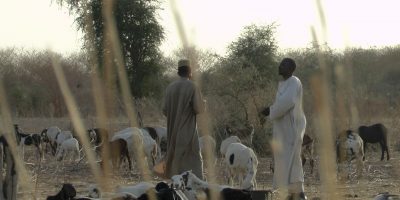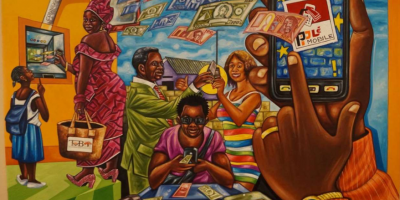A state-of-the-art CTD discussion on methodology
Inge Ligtvoet opened the third day of the workshop by presenting the methods we have been using and discussing since the beginning of the project (see powerpoint and written paper).
Methods and Methodology
Prof. Oka Obono commented on this presentation by inviting the participants to elaborate on methodological choices. He stressed the importance of methodology with regards to the final result of our scientific endeavor, as it is through methodology that our work will be judged. The validity of our results will be determined by the strength of it. If the methodology is not well substantiated, then trust in our thesis is broken, and it will be discredited by our peers. Prof. Obono emphasized two important issues with regards to methodology:
- the difference between method and methodology, and
- the objective in the subjective.
Regarding the former, the method is a technique, a particular way of doing things. Methodology, on the other hand, refers to the logic underlying the choice, i.e. the logical persuasion for employing a particular method. METHODOLOGY = METHOD + LOGIC. The method we choose, moreover, reflects our comprehension of the inner working of a problem. It is dynamic and informed by technology and thus needs to be adjusted as we go along.
In relation to the second issue, the objective in the subjective, Prof. Obono underlined the importance of a systematic and transparent investigation. Science is not WHAT we study, but HOW we study it.
Data does not speak for itself, only after data is analysed and interpreted does it become information. The importance of triangulation fits under this discussion. The social reality that involves human actors is so complex that we cannot capture it by using just one technique, hence we need to combine: maps, observation, emotion, travel, … These methods (linking it again with the discussion on methodology) need to be grounded and justified in order to convince the scientific community of the validity of our data.
In conclusion, Prof. Obono encourages us to provide a justification for methodology, because it reflects on the ontology of our study. He also encourages us to use new techniques that reflect the new fluidities: visuals for insiders , travelling for grasping space rather than location. Old landscapes assume certain fixities that are no longer existing. Finally, we should not forget the element of transparency in order to inform the (scientific) community about the customary ethically issues relating to the results of our research.
CTD Methods
[cryout-button-light url=”http://www.connecting-in-times-of-duress.nl/workshop-methodologies-under-duress-31st-march-4th-april-2014-buea-cameroon/”]back[/cryout-button-light] [cryout-button-light url=”http://www.connecting-in-times-of-duress.nl/method-1-the-senses/”]continue[/cryout-button-light]
Get more stuff like this
in your inbox
Subscribe to our mailing list and get interesting stuff and updates to your email inbox.


